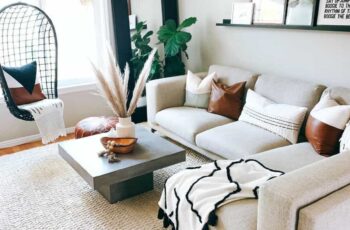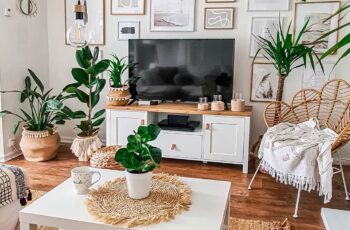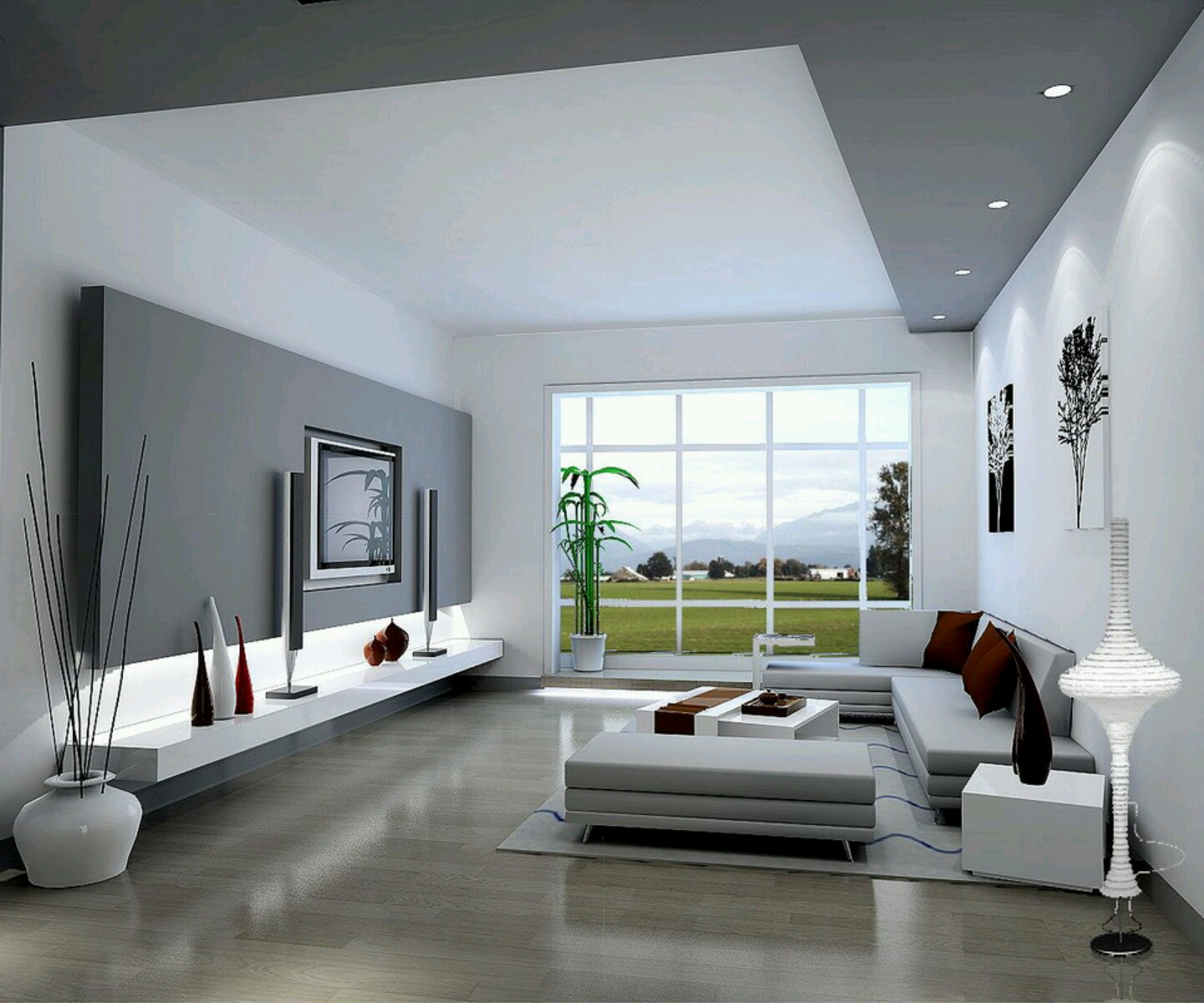
Crafting the Heart of Your Home: A Comprehensive Guide to Interior Living Room Design
The living room, often hailed as the heart of the home, is more than just a collection of furniture; it’s a dynamic space where life unfolds. It’s where families gather, friends connect, stories are shared, and moments of quiet relaxation are cherished. Designing this pivotal space is an art form, blending functionality with personal expression to create an environment that is not only aesthetically pleasing but also deeply comfortable and reflective of those who inhabit it.
This comprehensive guide will delve into the multifaceted world of interior living room design, exploring everything from foundational principles to the nuanced details that transform a house into a home.
I. Understanding Your Vision: The Foundation of Design
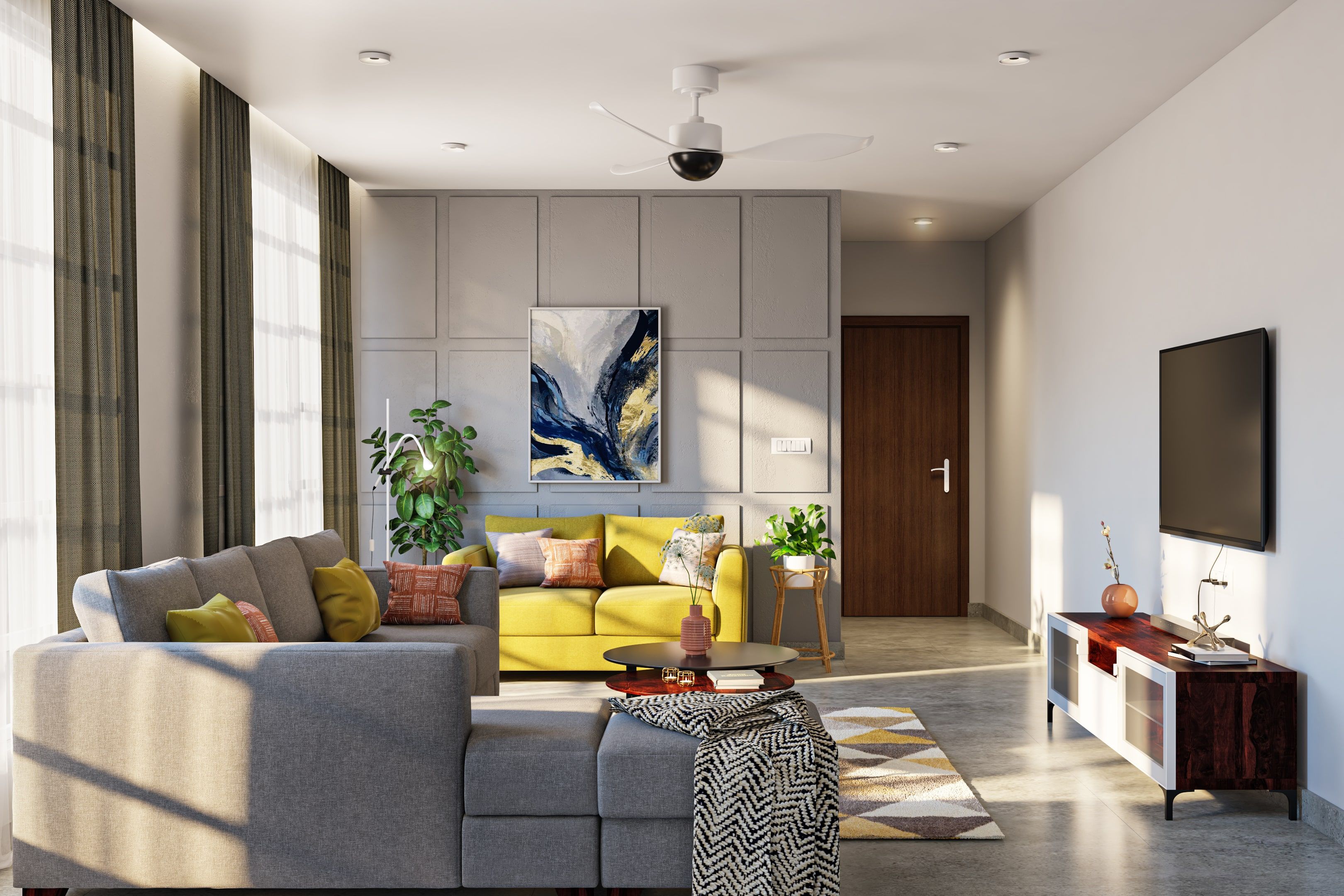
Before moving a single piece of furniture or selecting a paint swatch, the most crucial step is to define your vision. This involves a deep dive into your lifestyle, needs, and personal aesthetic.
A. Lifestyle and Function:
Begin by asking yourself: How will this living room be used?
- Is it primarily a formal entertaining space, rarely used for everyday activities?
- Is it a bustling family hub, needing durability and ample seating for kids and pets?
- Do you host frequently, requiring flexible seating arrangements?
- Do you need a dedicated media zone, a quiet reading nook, or a space for hobbies?
- Is natural light a priority, or do you prefer a cozy, dimmer ambiance?
.jpg)
Understanding these functional requirements will dictate everything from furniture choices to lighting plans and material selections.
B. Personal Style & Inspiration:
Your living room should be a true reflection of your personality. Do you gravitate towards:
- Modern/Minimalist: Clean lines, neutral palettes, uncluttered spaces, emphasis on functionality.
- Traditional: Classic symmetry, rich wood tones, upholstered furniture, ornate details.
- Bohemian: Eclectic mix of patterns, textures, global influences, relaxed vibe, natural materials.
- Scandinavian: Simplicity, light wood, neutral colors, functional design, hygge-inspired comfort.
- Industrial: Raw materials like exposed brick, metal, concrete, utilitarian aesthetic.
- Transitional: A harmonious blend of traditional elegance and modern simplicity.
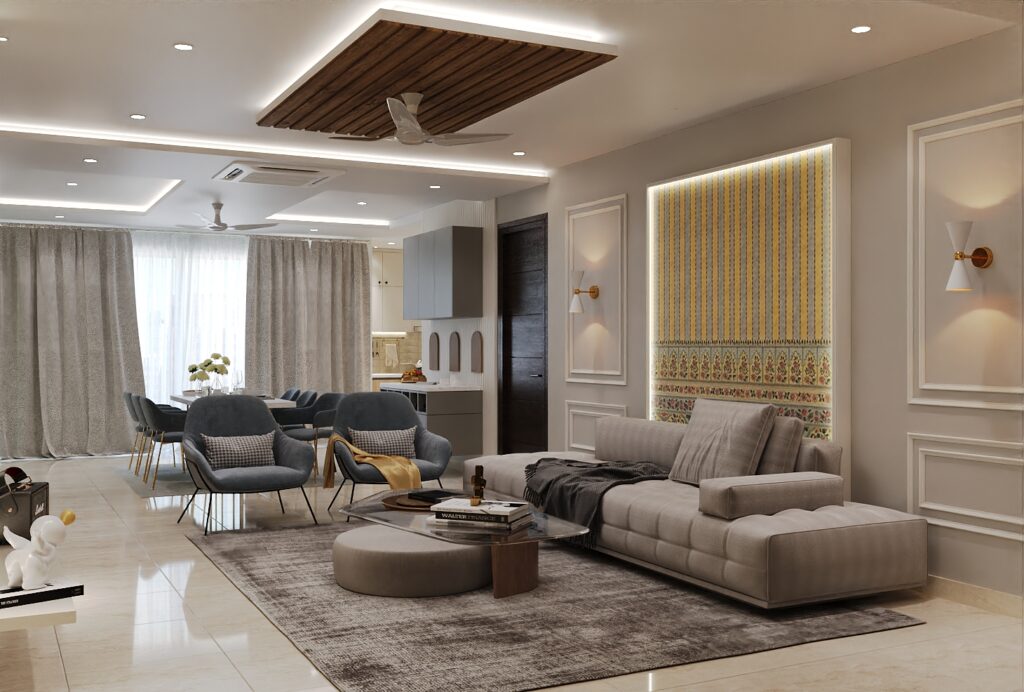
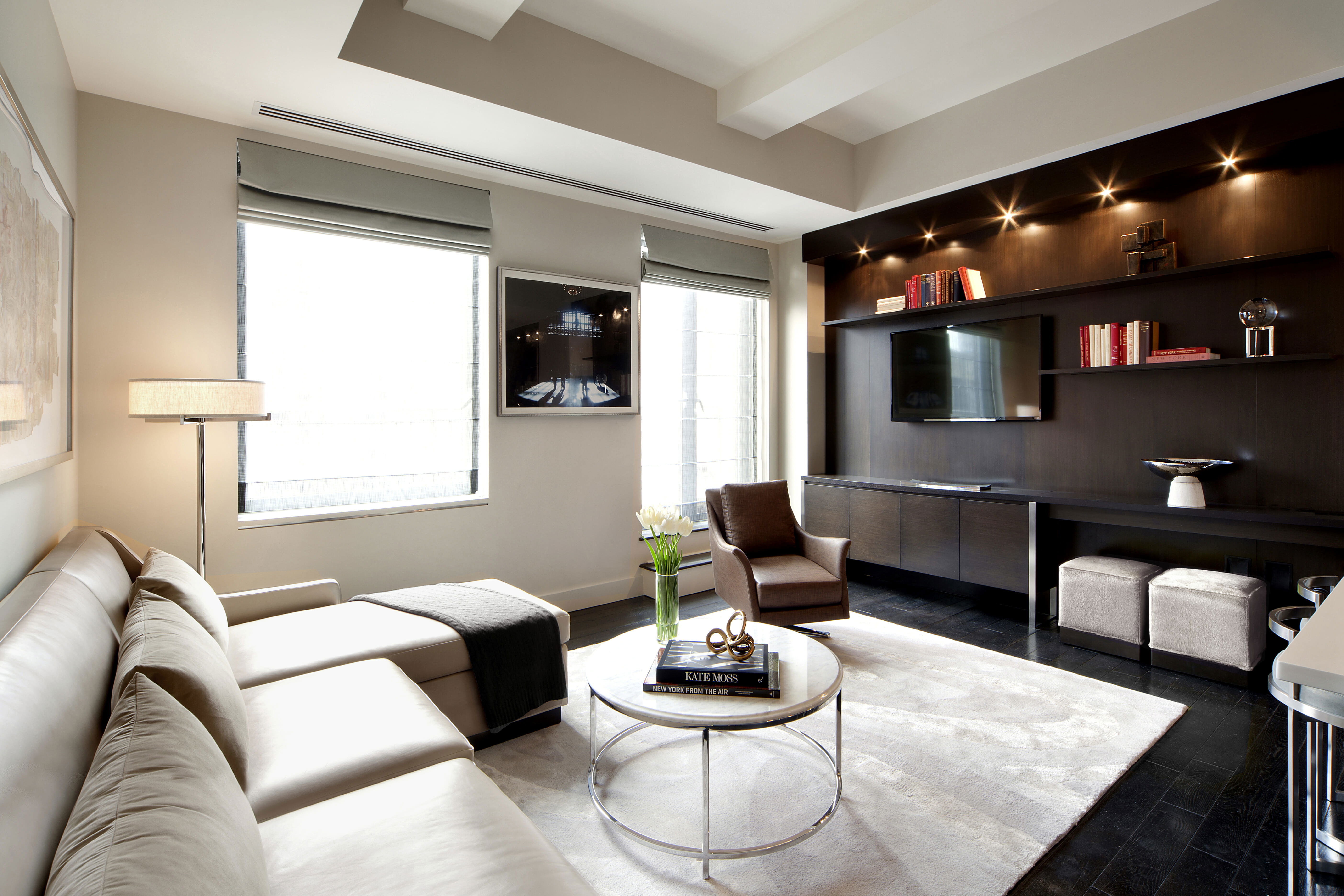
Gather inspiration from magazines, Pinterest, Instagram, design blogs, or even nature. Create a mood board (digital or physical) to compile images, colors, and textures that resonate with you. This visual collage will be your guiding star throughout the design process, ensuring coherence.

II. The Blueprint: Layout and Flow
Once your vision is clear, translate it into a functional layout. This is where the living room truly begins to take shape.
A. Defining Zones: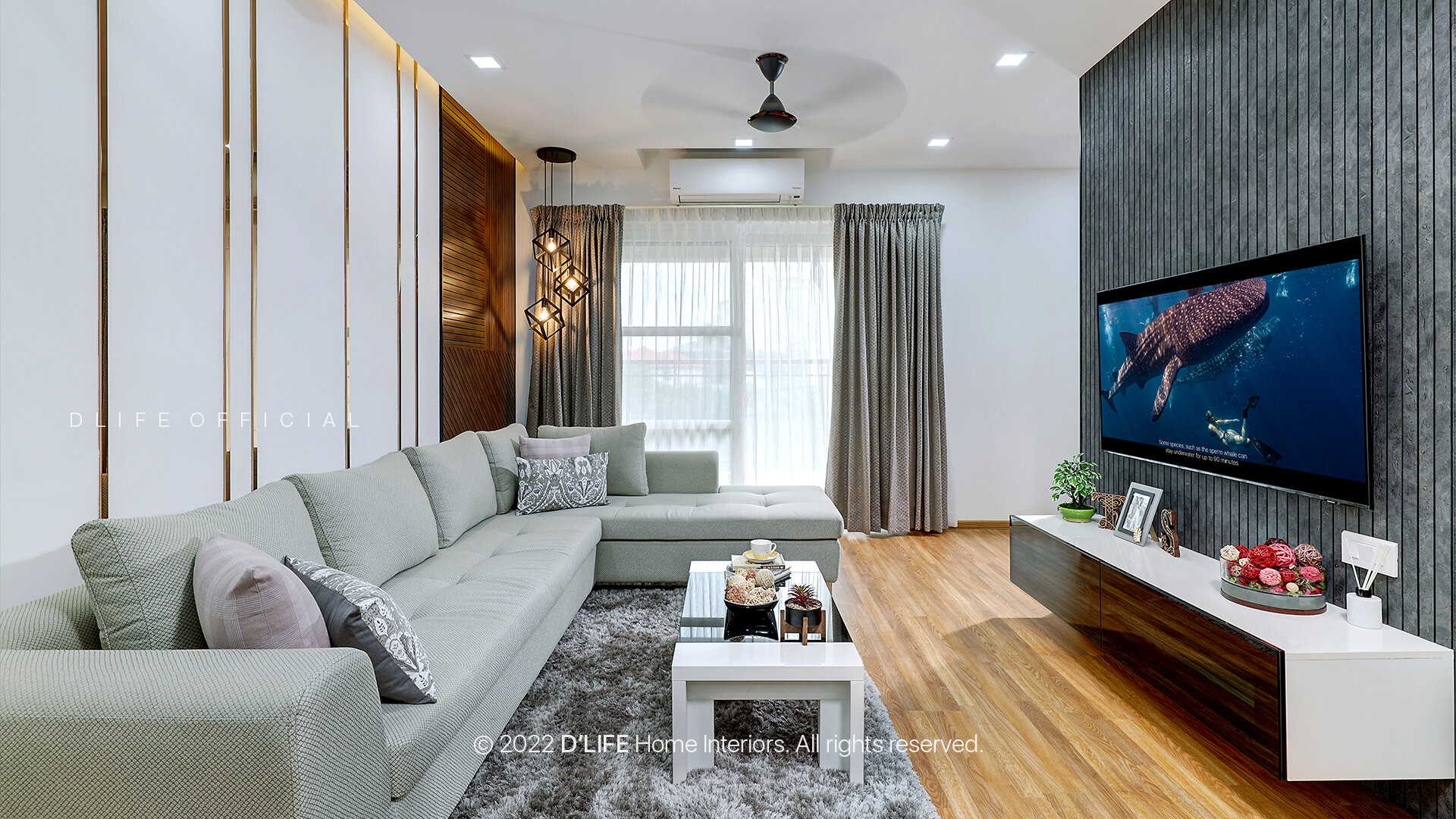
In larger living rooms, consider creating distinct zones for different activities. A main conversation area can be anchored by the sofa, while a smaller corner might house two armchairs and a floor lamp for a reading nook. A media center can form another zone. Ensure each zone is clearly defined yet flows seamlessly into the next.

B. Traffic Flow:
Crucial for comfort and safety, traffic flow dictates how people move through the room. Ensure clear pathways (ideally 30-36 inches wide) around furniture, leading to doors and other rooms. Avoid placing large furniture pieces in a way that obstructs natural routes.
C. Furniture Arrangement Principles:
- Focal Point: Every living room needs a focal point – something that draws the eye and anchors the space. This could be a fireplace, a large window with a view, a prominent piece of art, or a media console. Arrange seating around this focal point to encourage conversation and engagement.
- Conversation Areas: Position seating so that people can comfortably converse without craning their necks or shouting. Sofas and chairs facing each other, or arranged in an L-shape, facilitate interaction.
- Balance and Proportion: Avoid grouping all large pieces on one side of the room. Distribute visual weight evenly. Ensure furniture is scaled appropriately for the room’s size – a massive sectional will overwhelm a small space, while tiny chairs will look lost in a grand room.
- Symmetry vs. Asymmetry: Symmetrical arrangements (e.g., two identical sofas facing each other) create a sense of formality and order. Asymmetrical arrangements offer a more dynamic and relaxed feel, achieved by balancing different-sized objects around a central axis.
III. The Palette: Color, Texture, and Light
These three elements are the sensory backbone of your living room, dictating its mood and overall ambiance.
A. Color Theory:
Color is perhaps the most impactful design element.
- Mood: Warm colors (reds, oranges, yellows) create a cozy, inviting, and energetic feel. Cool colors (blues, greens, purples) evoke calmness, serenity, and spaciousness.
- Perception of Space: Lighter colors tend to make a room feel larger and brighter, while darker colors can make a large room feel more intimate.
- The 60-30-10 Rule: A popular guideline suggests 60% dominant color (walls, large furniture), 30% secondary color (curtains, accent chairs, rugs), and 10% accent color (pillows, decor, art).
- Neutrals as a Base: Cream, beige, grey, and white provide a versatile foundation, allowing you to easily change accent colors and accessories over time.
B. Textural Richness:
Adding varying textures prevents a room from feeling flat and adds depth, warmth, and visual interest.
- Fabrics: Think plush velvet, crisp linen, cozy wool, durable cotton, shaggy faux fur.
- Materials: Incorporate natural wood, sleek metal, rough stone, smooth glass, woven rattan.
- Layering: Combine a chunky knit throw with silk pillows on a leather sofa, or place a sisal rug under a polished wood coffee table. Textures engage both the visual and tactile senses.
C. Layered Lighting:
Often overlooked, lighting is crucial for both function and mood. A well-designed living room utilizes three types of lighting:
- Ambient (General): Provides overall illumination. This might be from overhead fixtures like recessed lights, chandeliers, or flush mounts. Dimmers are essential for flexibility.
- Task: Directed light for specific activities. Floor lamps next to reading chairs, table lamps on side tables for focused work, or sconces flanking a fireplace.
- Accent: Highlights specific features like artwork, architectural details, or plants. Picture lights, spotlights, or strategically placed uplights.
The goal is to create a symphony of light sources that can be adjusted to suit different times of day and activities, transforming the room’s atmosphere with the flick of a switch.
IV. The Furnishings: Form Meets Function
Furniture forms the backbone of your living room, combining comfort with utility.
A. The Sofa/Seating:
The sofa is typically the anchor piece.
- Comfort is Key: Test it out! Ensure the depth, height, and cushion firmness are comfortable for you and your family.
- Size and Configuration: Consider a sectional for large families or open-plan spaces, or a traditional sofa paired with a loveseat or accent chairs for more flexibility.
- Durability: Choose a fabric and frame that can withstand the rigors of everyday life, especially if you have children or pets.
B. Coffee Table & Side Tables:
These functional pieces serve as landing spots for drinks, books, and remote controls.
- Proportion: Ensure the coffee table is roughly two-thirds the length of your sofa and within a couple of inches of its height.
- Material: Choose materials that complement your style (wood, metal, glass, marble).
- Storage: Consider coffee tables or side tables with built-in drawers or shelves for discreet storage.
C. Accent Chairs:
Accent chairs add personality, extra seating, and a break from the dominant sofa. They can introduce a contrasting color, pattern, or material, adding visual interest.
D. Storage Solutions:
Clutter can quickly derail even the best design.
- Media Consoles: Choose one that accommodates your electronics while offering storage for media and remotes.
- Built-ins & Shelving: Custom built-ins can maximize space and provide display areas for books and decor. Open shelving can be decorative, while closed cabinets hide less attractive items.
- Ottomans with Storage: A versatile piece that can serve as a footrest, extra seating, or a hidden storage compartment.
E. Rugs:
An area rug can define a conversation area, add warmth, absorb sound, and introduce color and texture.
- Sizing is Crucial: For a main seating area, ensure at least the front legs of all major furniture pieces (sofa, chairs) rest on the rug. Ideally, all furniture should be on the rug, leaving 12-18 inches of bare floor around the perimeter. A rug that’s too small will make the room feel disjointed.
V. The Details: Art, Accessories, and Personal Touches
These are the elements that inject personality, warmth, and that intangible "homey" feeling.
A. Wall Art:
Art is a powerful expression of personal taste.
- Statement Piece: A large painting or photograph can serve as a focal point.
- Gallery Wall: A curated collection of framed prints, photos, and objects creates a dynamic display.
- Placement: Hang art at eye level (center of the piece roughly 57-60 inches from the floor) for comfortable viewing.
B. Decorative Accents:
These are the small treasures that make a big impact.
- Pillows & Throws: Instantly add color, pattern, and texture to seating.
- Vases, Sculptures & Trays: Group objects of varying heights and textures on coffee tables, shelves, or consoles for curated vignettes.
- Books: Stacked or neatly arranged, books add personality and a sense of lived-in comfort.
- Curate, Don’t Clutter: Choose pieces that truly speak to you rather than simply filling space.
C. Greenery:
Plants bring life, purify the air, and add a natural, organic element. Choose plants that suit your light conditions and maintenance preferences. Large floor plants can fill empty corners, while smaller potted plants add charm to shelves or tables.
D. Mirrors:
Strategically placed mirrors can make a room feel larger and brighter by reflecting light and views. They also add a touch of elegance.
E. Curtains & Window Treatments:
Beyond privacy and light control, window treatments add softness, texture, and a finished look. Choose styles (drapes, blinds, shades) and fabrics that complement your overall design. Hang curtains high and wide to make windows appear larger and ceilings taller.
VI. Bringing it All Together: Common Pitfalls & Professional Tips
A. Common Mistakes to Avoid:
- Over-furnishing: Cramming too much furniture into a small space makes it feel cluttered and uninviting.
- Ignoring Traffic Flow: Obstructed pathways lead to awkward movement and discomfort.
- Poor Lighting: Relying on a single overhead light creates a flat, uninviting ambiance.
- Lack of a Focal Point: A room without a clear focal point can feel aimless and unbalanced.
- Inconsistent Style: Mixing too many disparate styles without intention can create visual chaos.
- Not Measuring: Always measure your space and furniture before purchasing to ensure everything fits proportionally.
B. Professional Tips for Success:
- Start with the Largest Pieces: Select your sofa and main seating first, then build around them.
- Invest in Quality: Buy the best quality sofa and rug you can afford; they are foundational pieces.
- Don’t Be Afraid to Experiment: Try moving furniture around, swapping out accessories, or layering different textures. Design is an iterative process.
- Trust Your Gut: While principles are important, your personal comfort and happiness with the space are paramount.
- Consider Professional Help: If overwhelmed, a professional interior designer can provide invaluable guidance, saving you time and costly mistakes.
Conclusion
Designing your living room is a journey of self-discovery, creativity, and thoughtful planning. It’s about more than just aesthetics; it’s about crafting an environment that supports your lifestyle, soothes your senses, and genuinely feels like home. By understanding the core principles of layout, color, texture, light, and furnishing, and by infusing the space with personal touches, you can create a living room that not only looks beautiful but truly functions as the warm, inviting, and vibrant heart of your home for years to come. Embrace the process, enjoy the transformation, and create a space where memories are made.
.jpg)
Crafting the Heart of Your Home: A Comprehensive Guide to Interior Living Room Design pictures collections gallery
Crafting the Heart of Your Home: A Comprehensive Guide to Interior Living Room Design is a nice pictures and stock photo for your computer desktop or your smartphone device (ipad, tablet, blackberry, iphone, and other device) and also for your personal use. Free available for desktop wallpaper or additional image collections for your all needs. And was uploaded by admit at date August 3, 2025. You can download it in your computer by clicking download button to save image... have nice day and have fun guys..
This 1 image in featured post from 0 Photos/images Gallery and awesome picture selections about Crafting the Heart of Your Home: A Comprehensive Guide to Interior Living Room Design is available to download. "Download & Save" images/pictures/wallpapers now and this Is one of the post that listed in packed to Category is Living Room Design Ideas directory, with image dimension/resolution size is 1440 × 1200 px and size image/picture file is 998 KB with original link post ID is : https://powae.pw/crafting-the-heart-of-your-home-a-comprehensive-guide-to-interior-living-room-design/. Get download/save images in post and gallery, "download" images or "preview" it on a bigger image for spesification sample in Large size (full attachment size) here : [Download & View to Large size]. Just Simple way, in thumbnail or in Gallery. *Click images to view Large Size.We collect this wonderful image from online and choose one of the best for you. Pictures collection that posted here was carefully chosen and published by author after choosing the ones which are best among the others. So, ultimately we make it and here these list of best image for your inspiration and informational reason regarding the Crafting the Heart of Your Home: A Comprehensive Guide to Interior Living Room Design as part of blogsite exclusive updates collection. So, take your time and find the best informations and pictures posted here that suitable with your needs and use it for your own collection and personal use. About Image information: Image has been submitted and You are able to give your opinion as evaluations to our web site value.
Don't forget to comment if you interest with this images, you can share this post to social media like as facebook, twitter, google+, pinterest, stumbleupon, and more. just click social media buttons for share this post Crafting the Heart of Your Home: A Comprehensive Guide to Interior Living Room Design Now. :)
Thanks for your visit, I hope you happy come to opo wae, wis opo wae, and get what you're looking for. And hope sometimes you will come back again here. All you need to do is help us develop by discussing this Crafting the Heart of Your Home: A Comprehensive Guide to Interior Living Room Design if you like it "leave your comment". have fun, Thank you.



